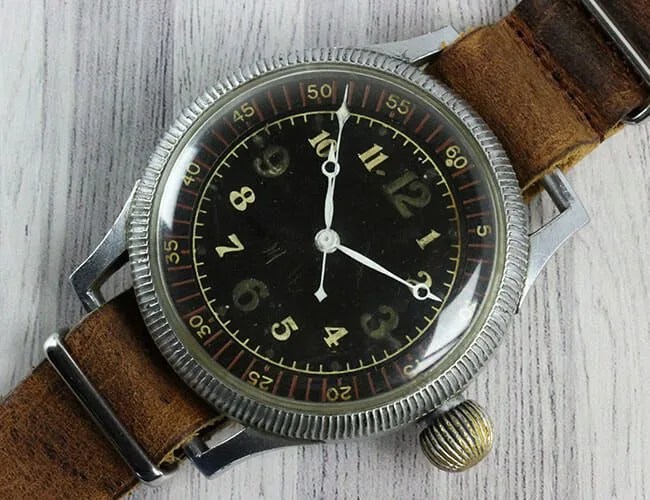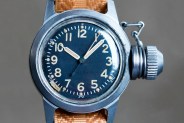Welcome to Watches You Should Know, a biweekly column highlighting little-known watches with interesting backstories and unexpected influence. This week: the Seikosha Tensoku.
As Japan bitterly persevered toward the end of World War 2, young pilots were famously sent on suicide missions against Allied ships. It’s said that an early Seiko watch, properly known as the Seikosha Tensoku, was among their equipment. Often overlooked in the discussion of military watch history, these captivating but rare pilot’s instruments have some of the most interesting backstories in all the watch world.
While sometimes also referred to as Seikosha “Kamikaze” watches, the Tensoku was not specifically produced for Japan’s Special Attack Units that are now commonly known as kamikaze. The Tensoku watch is particularly associated with pilots of the Mitsubishi A6M Zero, which was the main Japanese combat aircraft in the Pacific War. These were the type of planes often used in the famous kamikaze attacks, but they were used in a wide range of other capacities as well.
More Watches You Should Know
• Benrus Sky Chief
• Breitling Navitimer
• Glycine Airman
Produced from around 1940, the Tensoku watches were provided to the Japanese navy by Seikosha, an early name for Seiko before the branding its known by today was established. Tensoku is an abbreviation of tentai kansoku, meaning astronomical observation — very similar in meaning to the names of their better-known German analogs from A. Lange & Söhne, Laco, Stowa, Wempe, and IWC. Those were known as Beobachtungsuhr (or “B-uhr“), which is translated literally as “observation watch.” These watches were important tools for aerial navigation and other applications.
Like their German counterparts, the Seikosha Tensoku is big even by modern standards, but massive compared to civilian wrist watches of their time. Not quite as giant as the 55mm-wide B-uhr, the Tensoku measures 48.5mm, which is quite large even for today’s wrists (except perhaps those accustomed to G-Shock and Breitling watches). Also like the B-uhr, they were supposedly often not worn on the wrist, but rather strapped to pilots’ thighs — or dangled from the neck.


